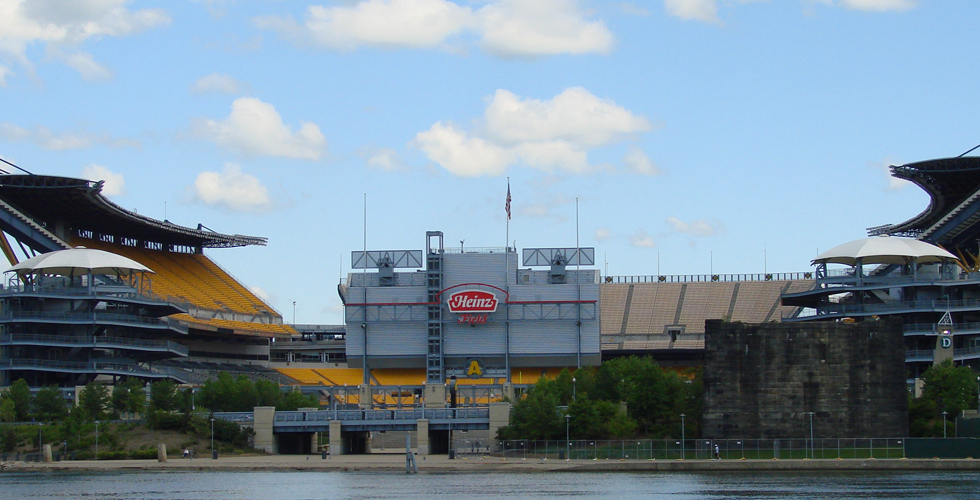NHL Winter Classic Moves Hockey Outdoors

(Inside Science) -- The NHL Winter Classic is a hockey game scheduled for New Year's Day to be held outdoors in Pittsburgh, with bigger crowds than a usual regular season game, and also the chance of a rain-out. Plenty of the wet, not so fluffy stuff is in the forecast, which could make playing hockey at the highest level impossible.
Building the platform for the ice surface began shortly after an NFL game at Heinz Field on Dec. 23, and the construction was scheduled to be completed Dec. 30. The ice-making equipment is advanced enough that the surface should remain in good shape if the forecasted unseasonably warm temperatures reach the promised high 40s or low 50s. What the ice might not be able to endure is the rain also in the forecast.
When rain lands on ice, it freezes, creating a pebbled surface that can complicate every aspect of the game, from skating to the sliding of the puck.
"We are on the world platform, and I want to make sure that everybody plays, has the ability to play the game at the highest level," said Dan Craig, the NHL's facility operations manager, during press conference on December 20.
"We're continually working and continually monitoring to keep ahead of and create a game plan throughout the day of how to handle whatever Mother Nature gives us," said Craig.
If the rain holds off, the conditions should support a good ice surface.
"The ice actually might be better than indoors. Especially with the heat and humidity that takes place in some of these [indoor] rinks," said Mike Bracko, a sports physiologist and former minor league hockey player in Calgary, Alberta.
For this outdoor game there is no need to seal out balmy outdoor temperatures or frantically prepare the ice after a previous night's basketball game or concert held in the same arena, both of which can complicate the effort of maintaining a cold, hard ice surface.
Bracko suggested that in very cold outdoor games players might be advised to use slightly more flexible sticks because the composite material of most sticks might not bend as well. Sharper-than-normal skates would help players cut into extra cold ice, suggested Bracko. He also noted that players in past Winter Classics have removed their helmet visors after they fogged up and reduced visibility on the ice.
If the temperature at game-time matches the relatively mild forecast, one consequence of playing in cold temperatures may be avoided. Bracko said that very cold, very dry air can increase the incidence of exercise-induced asthma attacks.
But people won't be looking at the thermometers as the 1 p.m. scheduled start approaches on New Year's Day. All eyes will be on the ice, watching for raindrops. Craig said that his staff closely follows weather conditions and uses monitoring technology to provide updates on ice conditions every 15 minutes.
Despite the chance of rain, the temperature promises to be conducive to heavy exercise. For example, most studies peg the ideal temperature range for running a marathon at some point between 40 and 55 degrees F. If showers fall, the game may be delayed to start later than the scheduled 1 p.m. start time on Jan. 1, or on Jan. 2 when the forecast calls for colder temperatures and a reduced chance of rain.

